Thurgoland Tunnel
A repurposed railway tunnel with otherworldly acoustic characteristics.
Enter this tunnel and clap your hands, and will hear the most remarkable sound effect: a reverberating rhythmic beat that lasts for up to 20 seconds. The effect is caused by sound focusing due to the tunnel’s horseshoe cross-section, the smooth lining, and the distinct 4000-foot radius curve. For rail enthusiasts, this tunnel is worth a visit for its historical and architectural value, but it is the acoustics that make the visit so entertaining.
This former railway tunnel was only built in the late 1940s when the Sheffield to Manchester (Woodhead) Line was electrified and the existing 19th-century, two-line tunnel could not accommodate two sets of electrical conductors. The new tunnel was lined with smooth concrete pre-cast sections.
The 1940s tunnel only operated as a rail tunnel until 1981, when the line was closed. It has now been converted as part of a footpath/cycle track called the Upper Don Trail, which is part of the coast-to-coast Trans-Pennine Trail. This has allowed the public who pass through the tunnel to witness the remarkable acoustic properties that in the past were only observable by railway workers.
The historical value includes two separate years marked on the tunnel portals, 1947 in the keystones with the London and North Eastern Railway initials under it and lower down, 1948, with the initials BR for the country’s publicly owned British Railways. Started by private enterprise, the electrification process and the tunnel had to be completed as a state project because of the terrible condition that the British rail network was in after World War II. Full electrification of the line was not completed until 1954.
You’ll also notice a cast iron plate along the high point of the roof, which was installed to protect the concrete liner from hot gas from the locomotive funnels before the line was electrified. For those with an artistic bent, the shadows thrown by the grills over the lighting units provide a very interesting effect. The now-partially filled in 1845 tunnel, which was converted to single line use in 1948 and closed to rail traffic in 1981, can also be seen.
Know Before You Go
The best parking is under the bridge on Cote Lane. To travel by public transportation the best option is to catch a fairly frequent train from Barnsley to Penistone, join the Upper Don Trail, and then walk the 3 or so miles to the tunnel. You can also catch a bus to Thurgoland (Croft Lane), although they are not frequent. Alternatively, there are a couple of direct buses per day from the Sheffield bus station, or you can travel by frequent bus from Arundel Gate, Sheffield to Chapeltown, then change for Thurgoland. It's possible to enter the 1845 tunnel down a steep and slippery bank of earth. Once inside, the stone-lined tunnel can be explored for some distance. Make sure you have a good flashlight.











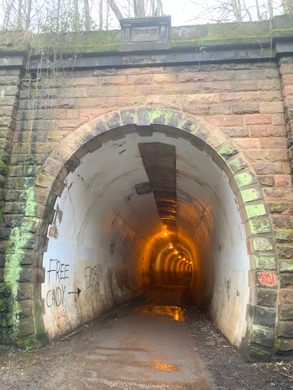



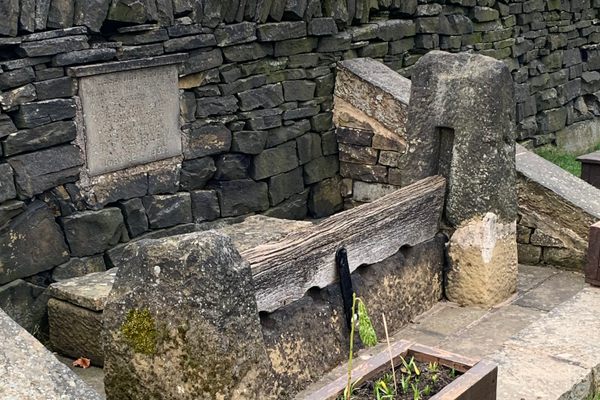
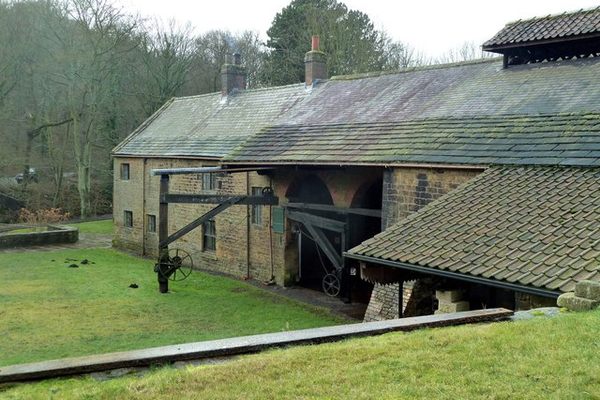
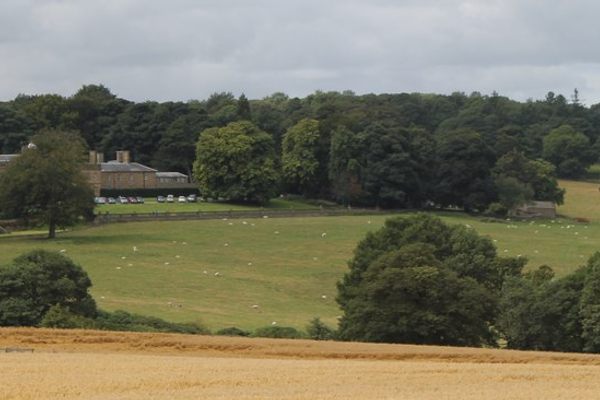
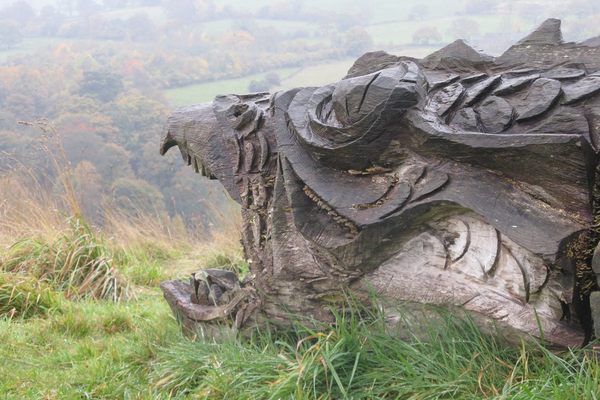


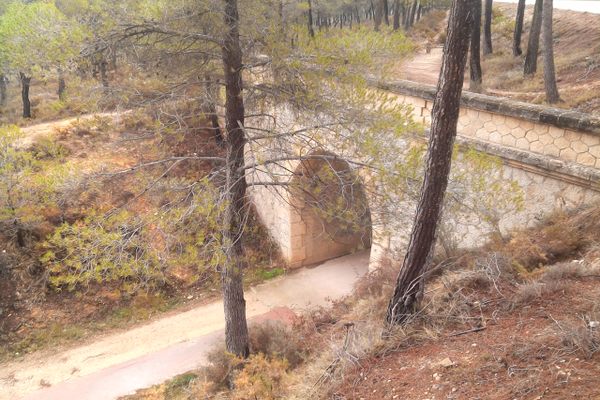
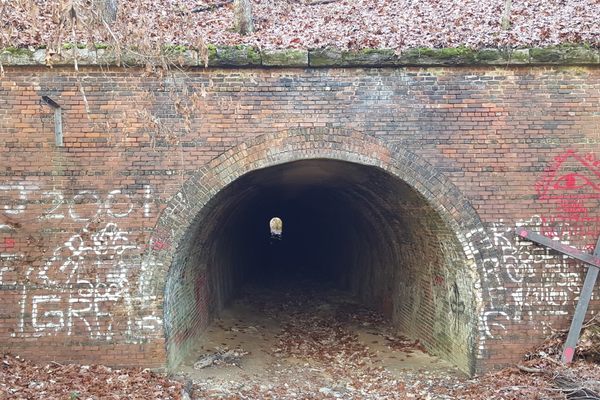
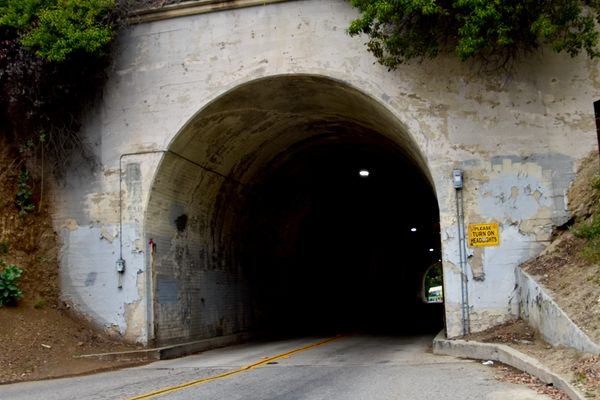

Follow us on Twitter to get the latest on the world's hidden wonders.
Like us on Facebook to get the latest on the world's hidden wonders.
Follow us on Twitter Like us on Facebook